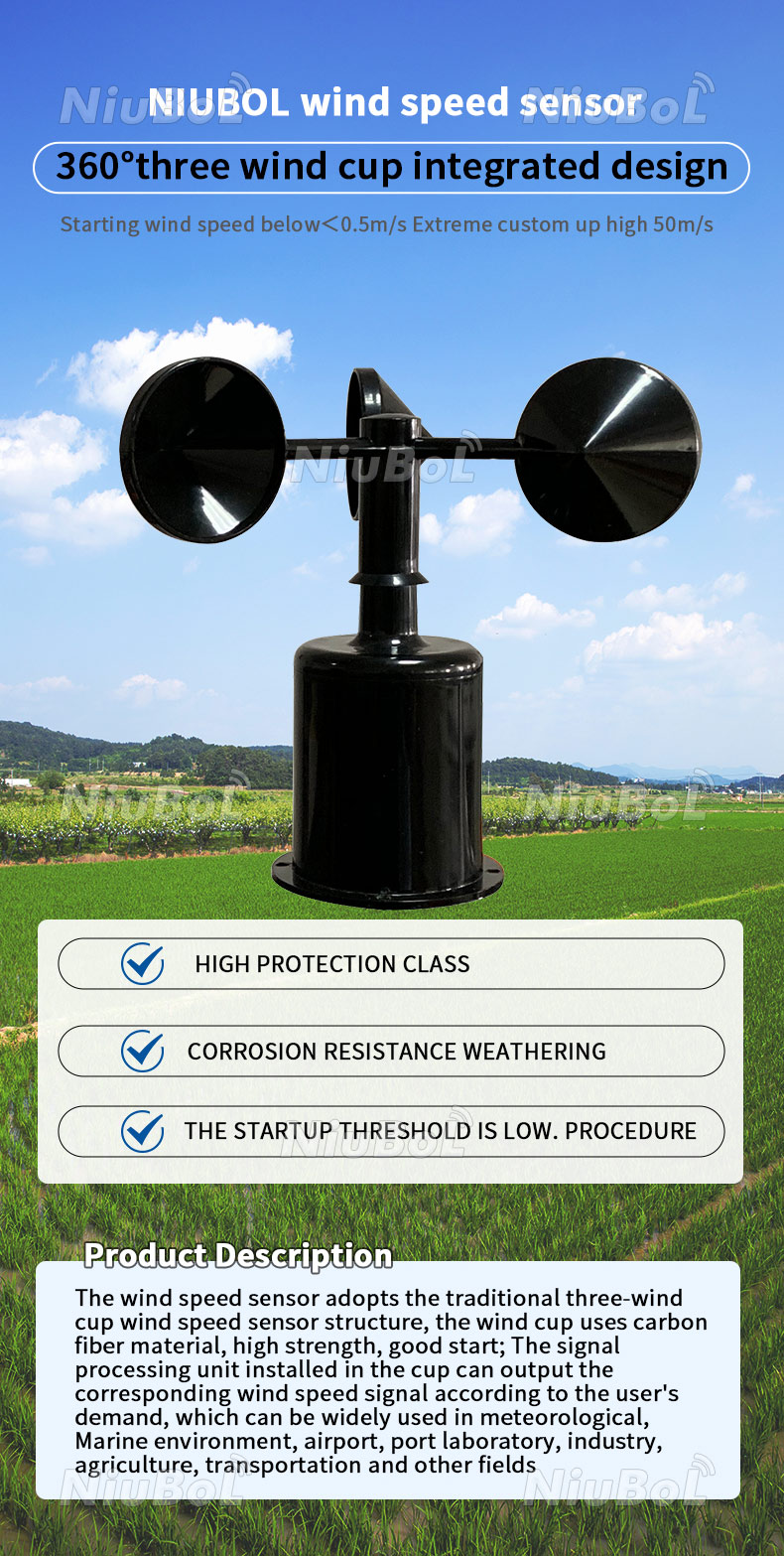The Duty of an Anemometer in Improving Safety And Security for Outdoor Activities
The Duty of an Anemometer in Improving Safety And Security for Outdoor Activities
Blog Article
Anemometers Revealed: Recognizing Their Value in Ecological Surveillance and Precaution
The role of anemometers in ecological surveillance and safety and security procedures is usually underestimated, yet their significance is obvious. These instruments have a long background rooted in scientific query and technological advancements, developing to end up being important tools in various fields. From meteorology to aviation safety, anemometers play an essential role in offering precise data that educates decision-making procedures and improves overall safety. Understanding the details of anemometers reveals a world of important understandings that are essential to our understanding of the environment and the actions we require to make sure safety and security.
Background of Anemometers
The development of anemometers can be traced back to the old people where basic wind determining tools were initial utilized. One of the earliest recognized anemometers was the hemispherical cup anemometer developed by Leon Battista Alberti in the 15th century.
Over the years, improvements in innovation led to the advancement of more modern anemometers, including ultrasonic anemometers and laser Doppler anemometers, supplying raised precision and effectiveness in determining wind speed and direction. The background of anemometers showcases an amazing journey of innovation and progress in the area of weather forecasting.
Sorts Of Anemometers
Throughout the area of weather forecasting, different sorts of anemometers have actually been created to accurately gauge wind rate and direction. The most usual type is the cup anemometer, which contains three or 4 mugs installed on horizontal arms that rotate with the wind. As the cups rotate, the speed at which they rotate is straight symmetrical to the wind rate. An additional extensively utilized type is the vane anemometer, which includes a tail or fin that straightens itself with the wind instructions. This positioning allows the tool to figure out the wind instructions. Sonic anemometers utilize ultrasonic signals to measure wind rate and direction accurately. They are commonly used in study applications because of their high accuracy. Hot-wire anemometers operate based upon the concept that the cooling effect of wind on a warmed cable is proportional to the wind speed. These anemometers appropriate for measuring low wind speeds with high precision. Each kind of anemometer has its toughness and is picked based on the certain requirements of the surveillance task at hand.
Applications in Meteorology
Having actually reviewed the various sorts of anemometers used in meteorology for measuring wind speed and direction, it is important to explore their useful applications in the area. Anemometers play an essential role in meteorology by providing precise and real-time data on wind problems (anemometer). Meteorologists utilize anemometers to keep an eye on wind rate and instructions to anticipate weather condition patterns, concern warnings for serious weather condition events like tornados, cyclones, and twisters, and assess climatic problems for aeronautics safety and security
In weather forecasting, anemometers aid in recognizing neighborhood and local wind patterns, which are essential for anticipating weather condition modifications and determining climatic trends. These tools are likewise utilized in research to research microclimates, urban warm islands, and air pollution diffusion. In addition, anemometers are used in farming to enhance crop monitoring techniques, such as watering and chemical application, check here based on wind problems.
Value in Air Travel Security
An indispensable element of guaranteeing aeronautics security hinges on the precise monitoring of wind problems utilizing anemometers. Anemometers play an important role in aeronautics by giving real-time information on wind speed and instructions, assisting pilots in making informed choices throughout trip, landing, and take-off. Strong and uncertain winds can considerably impact aircraft operations, making it vital for aeronautics authorities to rely upon exact wind dimensions to make certain the safety and security of guests and crew.

In the dynamic environment of air travel, where also minor modifications in wind rate and direction can have extensive results, anemometers stand as essential devices for advertising protected and risk-free air travel.
Duty in Environmental Study
Anemometers play a crucial function in environmental study by offering necessary data on wind speed and direction. By precisely gauging wind features, anemometers help scientists assess the motion of toxins in the air, examine the impact of industrial discharges, and forecast the spread of impurities in the setting.


Final Thought
In verdict, anemometers have actually played an important role in ecological tracking and safety steps. Understanding the value of anemometers is necessary for accurately gauging click here to find out more wind speed and instructions, which is crucial for predicting weather patterns, guaranteeing secure air travel procedures, and carrying out environmental research studies.
One of the earliest known anemometers was the hemispherical mug anemometer created by Leon Battista Alberti in the 15th century. Over the years, advancements in innovation led to the growth of more modern-day anemometers, including ultrasonic view anemometers and laser Doppler anemometers, using increased accuracy and effectiveness in measuring wind speed and instructions. Hot-wire anemometers operate based on the concept that the cooling result of wind on a heated cable is symmetrical to the wind speed. Meteorologists utilize anemometers to monitor wind speed and instructions to anticipate climate patterns, issue warnings for serious weather occasions like hurricanes, storms, and hurricanes, and analyze climatic conditions for aviation security.
Comprehending the importance of anemometers is essential for precisely determining wind rate and instructions, which is essential for predicting weather condition patterns, making certain secure aviation operations, and conducting environmental research studies. (anemometer)
Report this page